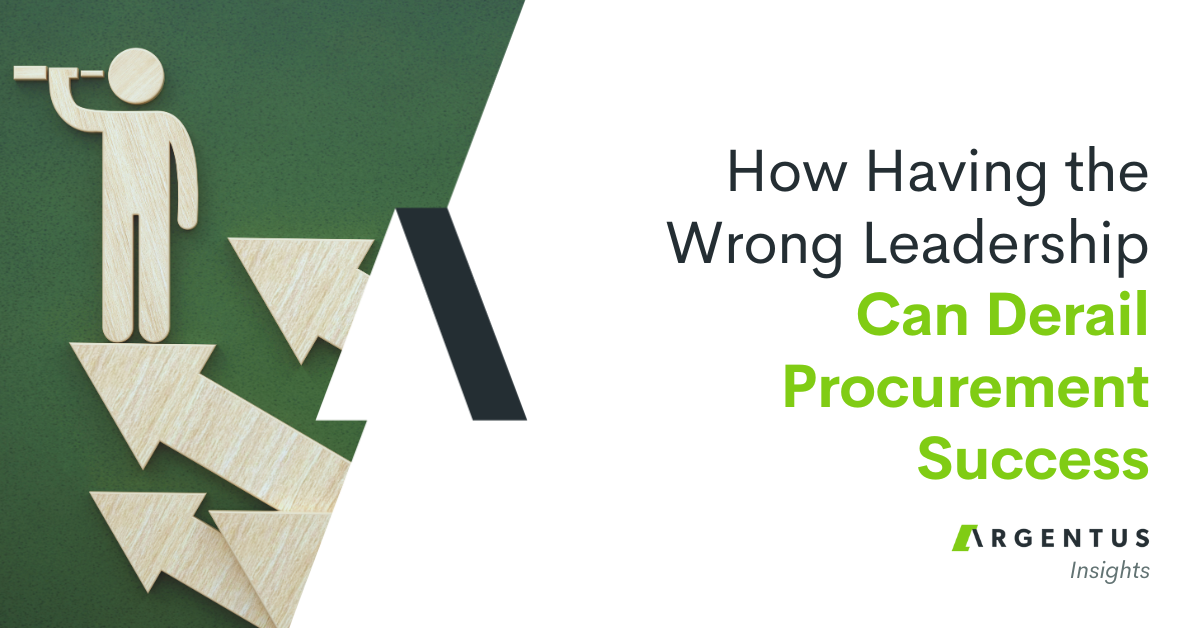Written by guest contributor Megan Ray Nichols, a freelance stem writer and the editor of Schooled By Science. For more from Megan, you can follow her on Twitter or subscribe to her blog here.
The supply chain as we know it isn’t long for this world — especially our management processes. In the past, we’ve relied on messy and error-prone paper ledgers and reactionary responses to productivity problems and unforeseen events when they arise, but that is no longer the case.
Thanks to several emerging families of cutting-edge technology, major and minor partners in the global supply chain are finding themselves more empowered and better equipped than ever to manage their processes in sustainable, predictable, stable, lean and forward-thinking ways.
Data Analytics and IoT Are Building Digital Supply Chains
It would be hard to overstate the importance of analytics and data-gathering devices. Supply chain managers in a wide variety of industries are turning to connected technologies for better collaboration and automation tools, greater insights into which processes are working and which are not, and to maintain sure-footedness in competitive spaces or in times of uncertain business and busyness.
Here’s an example of this concept put into motion:
The Port Authority in Hamburg is responsible for allocating and managing the use of more than 320 sea-vessel berths, 55 landing facilities and 350 kilometers of rail. Altogether, the port encompasses 7.4 million square meters of usable “terminal space.”
Modern supply chain management (SCM) technology is an obvious fit here. So, the Authority turned to a data-driven logistics platform to collate and, in real-time, react to a flood of useful information from many vehicles and multiple “touchpoints.” The result was greater access to usable information for stakeholders, more seamless communication and collaboration between multiple parties and a generally smoother relationship between vendors, product handlers, managers and the Port Authority itself.
One of the results of this data-powered synergy has been a stunning 5,000-hour reduction in driving time per day for vehicles using the port.
Let’s turn to Italy for another example.
A railway operator in the Mediterranean country needed a way to look after the maintenance needs of some 30,000 individual mobile assets that provide transportation to more than two million passengers every day. One of the greatest time- and cost-savers — for railway and other transportation companies — has been the advent of predictive maintenance. When Italy’s Trenitalia shifted its maintenance programs to a dynamic and predictive model, powered by the IoT, they realized a yearly cost savings of $116 million on their service needs and made availability more predictable, besides.
Whether your “branch” of the supply chain concerns the movement of products or people, it’s clear logistics and maintenance needs can be vast. Both of the above examples show why the advent of connected machines — and machine parts — and predictive analytics are here to stay. The manifold requirements of supply chain managers get even more complicated when you add refrigerated vehicles or consider special cases like hard use-by dates, such as medicines and vaccines.
How Has SCM Software and Technology Evolved Over the Last Few Years?
Most relevant to our conversation is the idea that business management needs are quickly converging with IT needs. To put it another way, companies large and small are uniting several kinds of process management into one technology-driven department. Procter & Gamble anticipates they’ll soon have just one team overseeing supply chain management, operations/sales planning and supply-demand monitoring.
You’ll hear all the time about how next-generation connected technologies and ever-more-powerful management software can make a company “leaner” — but this is what that buzzword looks like in practice. It’s a consolidation of company efforts and the targeted reduction of human labor and duplicated effort. When one software platform can deliver the actionable data once required by three or four separate teams, the time and cost savings become obvious — and too good to pass up.
If there’s one breakthrough that could totally turn supply chain management on its head, however, it’s the notion of removing “human management” from the equation altogether.
We’re talking about Artificial Intelligence powered by machine learning. Machine learning requires a set of human-defined rules and parameters for dealing with planned and unplanned events. A sufficiently “learned AI” could make decisions on its own based on this set of behavior parameters and eventually oversee considerable portions of the supply chain without much human intervention at all.
Supply chain management sounds like an unlikely application for such a futuristic-sounding premise, but it’s not remotely far-fetched — and the need is real. According to industry experts, most businesses spend more than 55 hours per week doing manual checks on paper-based processes, almost 40 hours scrutinizing billing and invoice exceptions and almost a full day prioritizing and responding to inquiries from suppliers and vendors.
All of these management-related processes are ripe for either augmentation or automation thanks to artificial intelligence. That’s why Amazon, Google, IBM and others already have AI-powered tools on the market to help companies accomplish their daily management tasks with less friction.
In fact, AI neatly ties together most of the technology disruptions we’ve talked about today. A deeply connected and interwoven supply chain infrastructure that collects and packages data on every process isn’t useful on its own. And it can’t reach its peak usefulness if human beings are the only ones poring over these mountains of data. The whole thing needs something quietly intelligent that hums along in the background and quickly performs the bureaucratic checks and workflow adjustments that human beings have historically been responsible for. It’s a paradigm that’ll easily disrupt countless industries, but supply chain management is among those most deserving of a futuristic makeover.




0 Comments